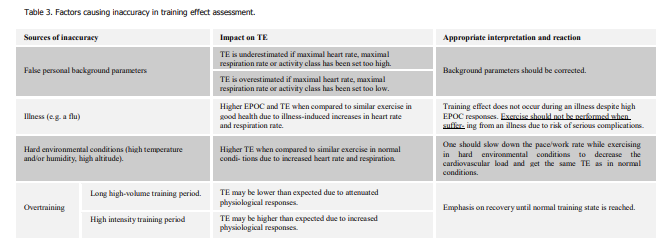I've been running with the Garmin Forerunner 945 for a few years now. Love the suggested workouts feature because it brings a lot of variation to my runs. The last few months however all of my base runs in zone 2 have been rated as tempo runs as a training effect. This results in an "High Aerobic" training status with only workout suggestions for base runs and sprints. I already tried to reset my heart rate zones but that only resulted in lower heart rate zones with the effect that base runs are impossible to run. Determining the training effect based on heart rate zones should be pretty straight forward, zone 2 is base and zone 3 is tempo. Also once the training effect has been determined there is no way to correct it so I'm stuck in a "High Aerobic" training status. This way training with the Garmin 945 is pretty much useless so is this a known issue and how can this be resolved ?



